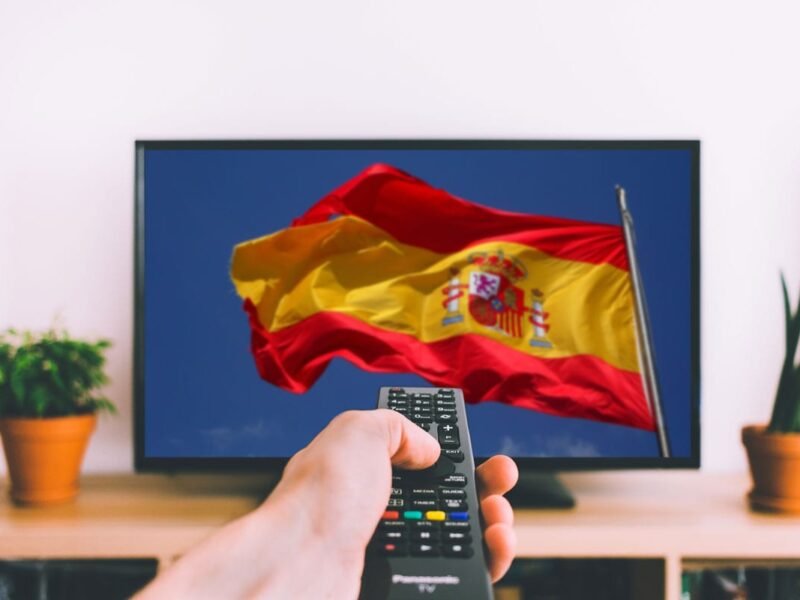The Spanish are known for many things. They have amazing food, a beautiful country, and the most fun people in Europe. You may not know this about them, but they also have their own version of cable television and internet service that is unlike anything you’ve ever experienced before! If you are curious about what makes Spanish cable so special, then keep reading to dive into the differences between American and Spanish cable.
What is Spanish cable television?
Spanish cable TV, also known as “cable Latino” or “cable Hispano,” is a cable television subscription service that provides access to Spanish-language programming. It differs from satellite TV in that it is usually only available in certain parts of the country and requires special equipment to receive its signals; however, most major metropolitan areas with large immigrant populations have at least one provider offering this option.
As per the professionals at DIRECTV, “You may need an antenna if you want to use Spanish cable TV in your home or office, although some providers will lease them out to customers for an additional fee.” The best way to determine whether or not this is right for you is by asking your provider what kind of box they offer (and whether or not it’s compatible with streaming devices such as Roku) before signing up for service.
How does it differ from American cable?
It’s worth noting here that in the United States, cable channels are delivered through a coaxial cable which is generally only used for video signals.
But Spanish TV is on the verge of being replaced by digital TV. Digital television has many advantages over analog: better picture quality, more channels and the ability to access them wirelessly via an antenna or satellite dish.
Is it easy to get a Spanish TV set up in the US?
It’s not that hard to get a Spanish TV set up in the US. You’ll need a digital TV set-up, which is what almost all cable providers offer these days. This will give you more channels than an analog signal (about 200), and some of those extra channels might have Spanish-language programming on them. If you don’t want cable TV but still want more channels than your current analog signal gives you, consider switching over to DirectTV or Dish Network—both offer digital packages with hundreds of high-definition channels for around $40-$50 per month.
Do I need those box things?
Spanish television providers like Comcast, DirecTV and Dish Network all offer the same service. You can typically find a Spanish cable box in any store that sells electronics and home appliances. If you don’t see one on the shelf, ask an employee if they keep them behind the counter. If they don’t have it in stock, they can order one for you.
You can also find a Spanish box by searching online and ordering through Amazon or eBay. Other places where you can buy this device include Wal-Mart and Target.
What will my digital TV picture look like here?
If you’re visiting Spain, your digital TV picture won’t look any different than it does at home in the United States. The Spanish language is spoken on all channels, and the local channels will be broadcast in Spanish as well.
So now that you know more about Spanish cable is it something you’re interested in? If so, you can use this handy guide to go about getting a TV set up for yourself. It’s not difficult and doesn’t require anything other than some time and patience on your part. Hope this article has answered all of your questions!
Thank you for reading. You Can Follow Us On Twitter, Facebook, and Instagram. Be sure to subscribe to our Youtube channel too!
If you would like to be a guest blogger on Future Trip Experience in order to raise your profile, please contact us.











